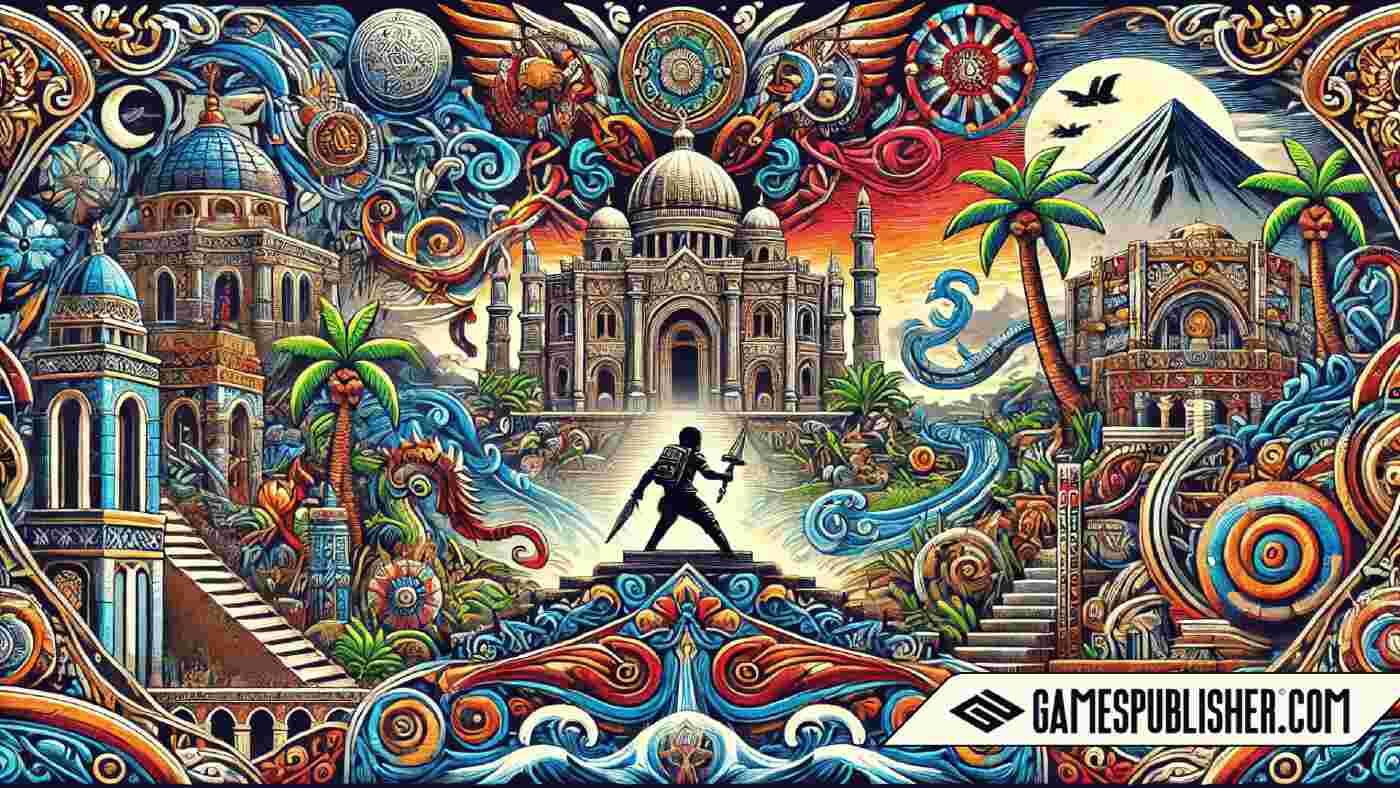Video games are more than just fun; they can shape how we see the world. One important way they do this is through cultural representation—how different cultures, races, and identities are shown in games. When done right, cultural representation can make players feel seen and valued. It can also help others learn about cultures different from their own. But why does this matter, and how does it impact the gaming industry?
Why Cultural Representation Matters
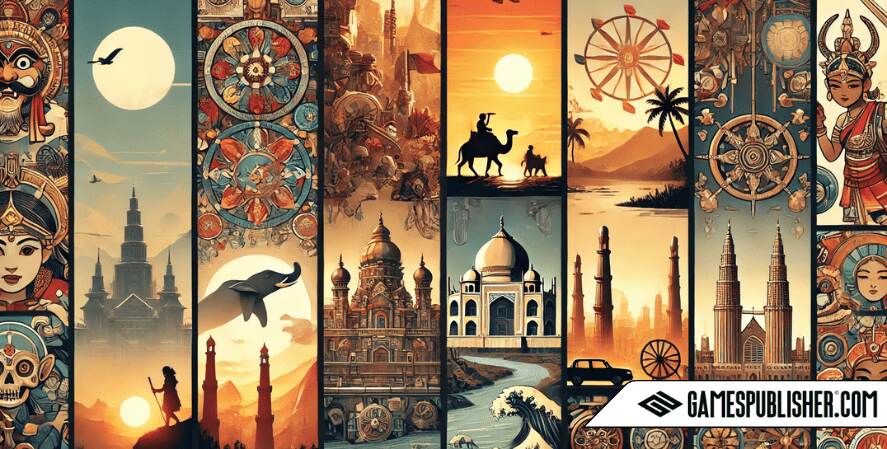
What Is Cultural Representation?
Cultural representation in games means showing different cultures, races, languages, and traditions in a way that feels real and respectful. It’s not just about how characters look, but also about how they act, what they believe in, and the stories they tell.
How Cultural Representation Has Changed Over Time
In the past, many video games didn’t do a good job of representing different cultures. Characters from non-Western backgrounds were often shown as stereotypes. However, as the gaming industry has grown, there has been a push for more diverse and accurate portrayals of people from all over the world.
The Current Push for Diversity
Today, players want to see themselves in the games they play. They want characters who look like them, speak their language, and share their cultural backgrounds. This has led to more games featuring diverse characters and stories, which has been a positive change for both players and the industry.
How Cultural Representation Affects Players
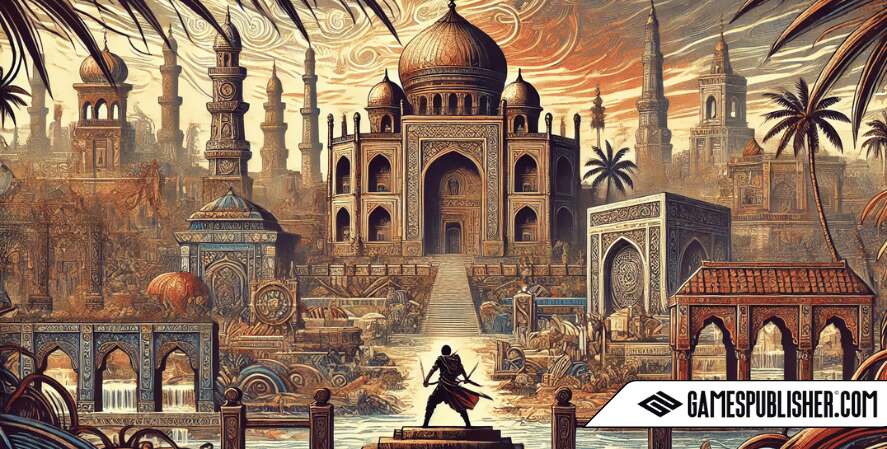
The Good Side
When players see characters and stories that reflect their own culture, it can be a powerful experience. It makes them feel understood and included. It also helps players from other backgrounds learn about and appreciate different cultures. This can make gaming a more inclusive and enjoyable experience for everyone.
The Bad Side
But when games get it wrong, it can cause harm. Misrepresentation can lead to stereotypes and reinforce negative ideas about certain groups of people. For example, if a game shows a culture as violent or backward, it can make players from that culture feel disrespected and misunderstood.
Examples of Good and Bad Representation
Some games do a great job of representing cultures. For instance, “Never Alone” was made with the help of the Iñupiat, an indigenous people of Alaska. The game tells a story based on Iñupiat traditions and even uses their language, making it a respectful and engaging experience.
On the other hand, games like “Far Cry 4” have been criticized for misrepresenting cultures. The game is set in a fictional Himalayan region, but some players felt it exoticized and misrepresented the cultures it was inspired by.
The Challenges of Getting Cultural Representation Right
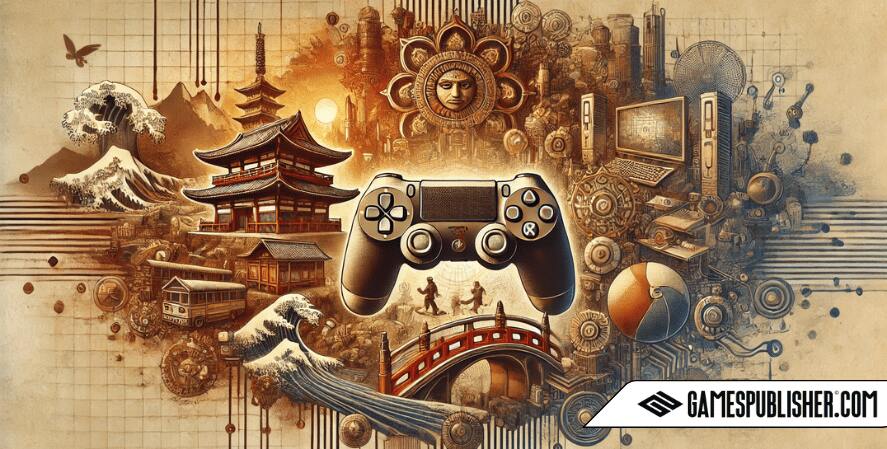
Balancing Creativity and Accuracy
Game developers have to find the right balance between being creative and staying true to the culture they’re representing. It’s important for them to respect the cultural elements they’re using in their games while still being able to create something new and exciting.
The Importance of Research and Consultation
To get cultural representation right, developers need to do their homework. This means researching the culture they’re portraying and talking to people who are part of that culture. By consulting with cultural experts and community members, developers can avoid making mistakes and ensure that their games are respectful and accurate.
Ethical Considerations
There are ethical issues to consider as well. Developers need to be careful not to exploit cultural symbols or reduce a culture to just a few stereotypes. It’s important to represent cultures in a way that is fair and respectful.
The Role of Game Publishers and Developers
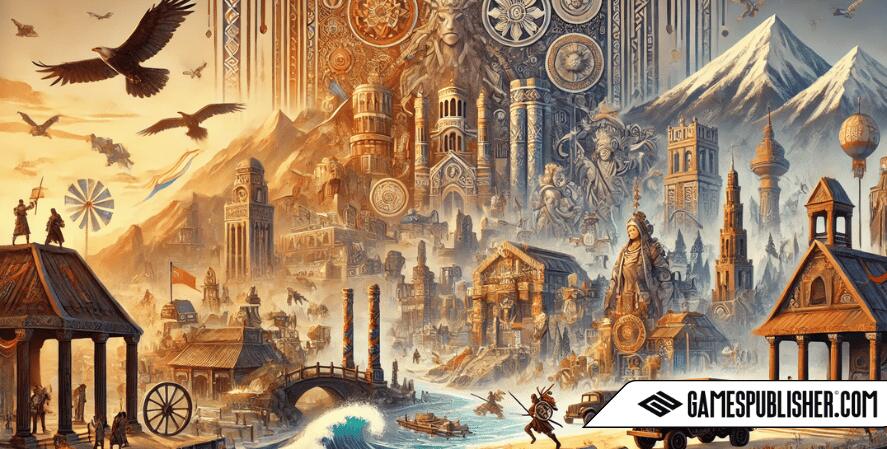
What Game Publishers Can Do
Game publishers play a big role in promoting cultural representation. They decide which games get made and how they’re marketed. By supporting games that feature diverse characters and stories, publishers can help the industry become more inclusive.
What Game Developers Can Do
Game developers are the ones creating the characters, stories, and worlds that players experience. They need to think carefully about how they represent different cultures. By working with cultural consultants and involving community members in the development process, developers can create games that are both creative and respectful.
Collaboration and Community Engagement
Working with cultural communities can lead to better representation in games. For example, the developers of “Mulaka,” a game based on the culture of the Tarahumara people of Mexico, worked closely with Tarahumara representatives to make sure the game accurately depicted their traditions and beliefs.
The Future of Cultural Representation in Games
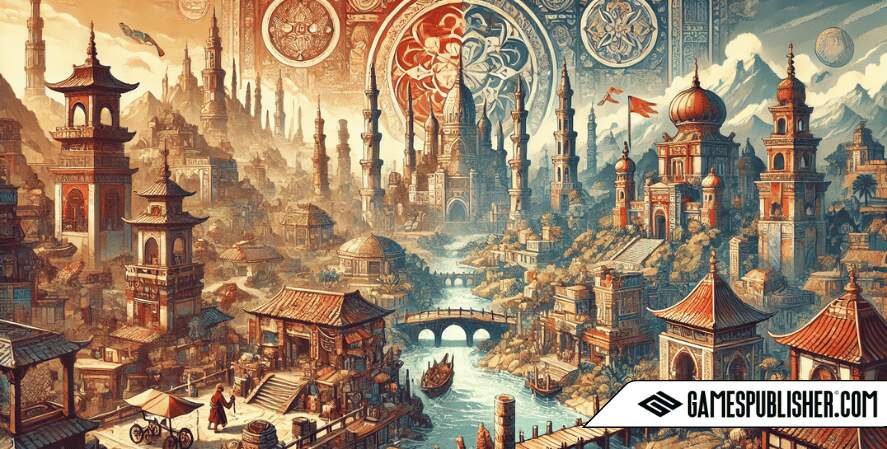
Emerging Trends
As the demand for diversity in games grows, we’re seeing new trends in cultural representation. More games are drawing on non-Western mythologies and stories, such as “Raji: An Ancient Epic,” which is based on Indian mythology.
Technological Advances
New technologies like Virtual Reality (VR) and Artificial Intelligence (AI) are making it easier to represent cultures in more immersive and accurate ways. For example, VR can allow players to explore cultural environments in a way that feels more real, and AI can help create more complex and realistic characters.
The Global Market
The global gaming market is becoming more diverse, with players from all over the world looking for games that reflect their cultures. This means that developers and publishers need to think about how their games will be received by players in different parts of the world.
Conclusion
Recap and Reflection
Cultural representation in video games is important because it helps make games more inclusive and enjoyable for everyone. When done right, it can empower players, teach them about different cultures, and create a more engaging gaming experience.
Call to Action
Game developers, publishers, and players all have a role to play in promoting better cultural representation in games. Developers and publishers should prioritize diversity in their work, and players should support games that embrace cultural representation.
Final Thoughts
The future of gaming is bright, and as the industry continues to grow, so too will the opportunities for better cultural representation. By working together, we can create a gaming world that reflects the diversity of the real world, making it a more inclusive and enriching experience for everyone.
Loading survey...

